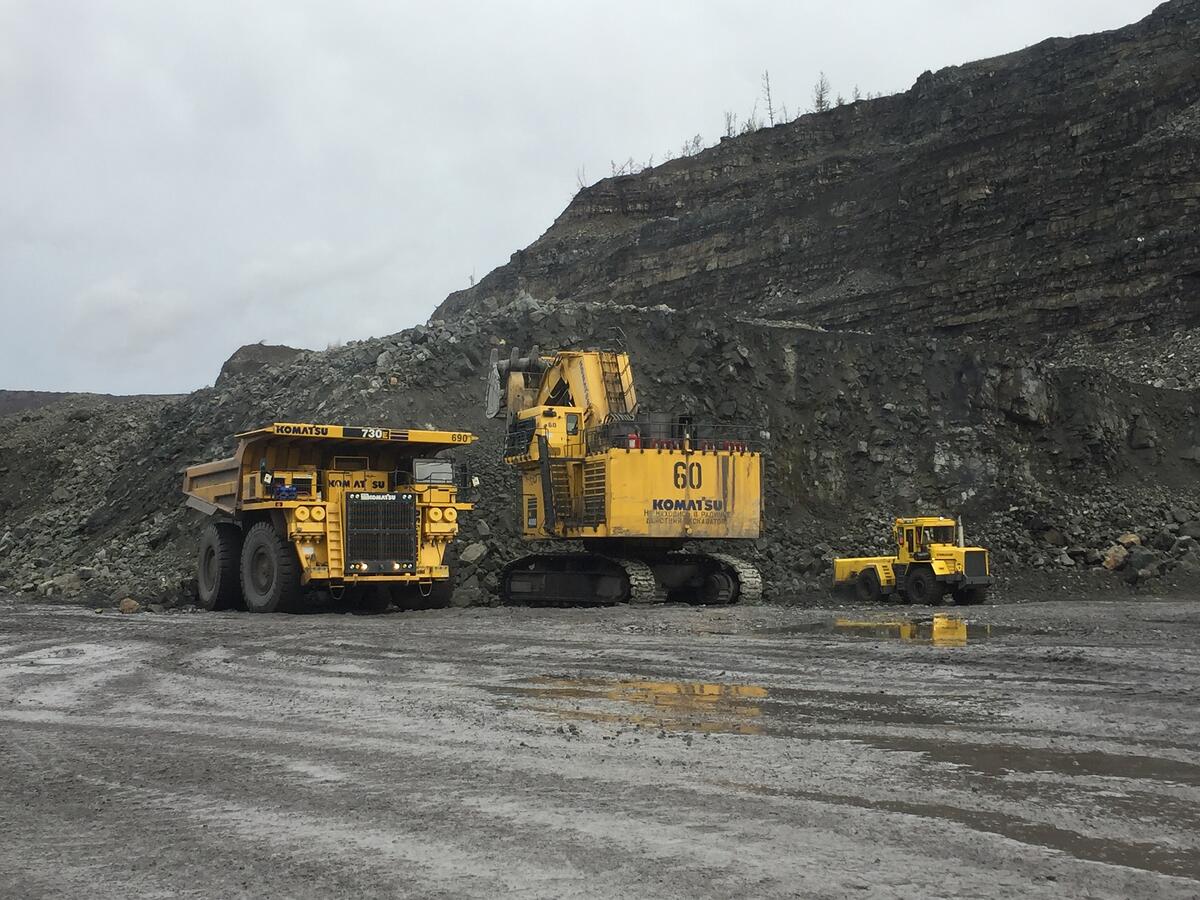In modern technology, machines play an essential role in industrial sectors, and the newly invented machines have lightened the burden of laborers. The manual work has now reduced, many heavy types of machinery are used to carry heavy items. The manufacturers play a vital role in manufacturing this industrial machinery with higher quality and abiding by all the rules and regulations of national fuel gas codes and NEC These codes assure safe installation and operation of the fuel gas piping system, appliances, equipment, and other accessories. Machinery manufacturing represented one of the largest and most competitive sectors. The world construction equipment manufacturing market is observed to reach $230.9 billion by 2020 from $181.6 billion in 2016 at a compound annual growth rate (CAGR) of 6.2%, from 2016 to 2020. Industrial machinery is predicted to increase in its global usage as it enhances production and business.
These esteemed heavy-duty machinery and construction equipment suppliers offer different construction machinery for various construction projects. The five leading manufacturers of heavy machinery are listed below.
1. Komatsu
Komatsu is a well-known heavy machinery manufacturer from japan.They are giant equipment manufacturers rated as number two globally. Komatsu is a worldwide player in heavy equipment and metal presses, machine tools, recycling, temperature control equipment, tunnel machinery, and related fields. The Komatsu Group consists of the Komatsu Corporation, Ltd. and 182 other companies. The growth of sales for Komatsu construction equipment in one of Komatsu’s most significant regional markets. It continues to consolidate its position as a global leader with 11.9% of the market’s share.
2. Hitachi
Hitachi is another Japanese machinery invention for construction. Hitachi machines have a set of green properties that lead to environmentally friendly work. Innovations such as battery-powered excavators and ultra-energy-efficient hydraulic systems ensure that Hitachi offers the ideal solution for a broad audience in agriculture, engineering, energy,, and construction. Hitachi’s heavy equipment market share was 5.1%, with a sales figure of 8,301 million USD in 2017. And it is ranked as number 3rd worldwide.
3. Volvo
An international company from Sweden develops, manufactures,, and markets equipment for construction and related industries. Volvo has always had an excellent reputation for engineering quality and vehicle safety; their heavy machinery is no exception. It was built to last and incorporating new technologies such as wheel loaders, hydraulic excavators, articulated haulers, motor graders, soil and asphalt compactors, pavers, backhoe loaders, skid steers,, and milling machines. Volvo Construction Equipment is seen as a reliable option by many. Volvo’s share of the market was 4.8%, with a worth of 7,810 million USD. It is ranked as number 4th globally.
4. Liebherr
The Liebherr Group is a large equipment manufacturer based in Switzerland. It has over 100 companies structured into ten Divisions. Liebherr provides a selection of telescopic handlers, cranes, excavators, wheeled loaders and dozers, and has the world’s most powerful and tallest crawler crane in LR 13000. It can lift 3000 tones and has a maximum pulley height of 248 meters, and for underground engineering projects, we supply universal duty cycle crawler cranes or unique piling and drilling rigs. In 2017, Liebherr’s sales were estimated at around 7,398 million USD, with a market share of 4.6%. Liebherr is ranked as number 7th worldwide for its constructional machinery.
5. Caterpillar
Caterpillar is not only one of the largest manufacturers of heavy machinery in the United States, but it is also a Global Fortune 500 company. Caterpillar’s revenue for 2018 reached $ 54.7 billion, making it the largest machine manufacturer in the world, and the premier manufacturer of construction and mining equipment, diesel and gas engines. Natural, industrial gas turbines, diesel, and electric locomotives. Its famous heavy machines include excavators, loaders, bulldozers, crawler dozers, motor grader caterpillar 140h, scrappers, and shovels. It has a massive 16.4% of the market share in 2017, with sales of 26,637 million USD. It performs outstandingly in both the domestic market and internationally. Caterpillar ranked as number one worldwide for its machinery manufacturing.
Construction Machinery Market Trends in recent years
Over recent years, many major construction machinery manufacturers have focused on expanding their manufacturing facilities and launching new products to increase their global market share. Although the accelerated growth momentum will provide enormous growth opportunities, the growing used machinery market will challenge the growth of market participants. To increase their share in the construction machinery market, companies should focus more on growth prospects in fast-growing sectors while maintaining their positions in slow-growing sectors. For more information about Heavy Equipment Market.
Wrapping Up!
Major machines are specially designed to transport heavy things and products and move them from one place to another. The manufacturers who produce these types of heavy machinery play an important role in the industry. Some players have been working for years to produce great machines, and many industries have seen their production increase dramatically. If buying new machinery isn’t possible for some contractors, they can even find used heavy machinery of these brands. Some of the heavy machinery, including conveyors for industrial recycling, heavy manufacturing, hoists, double girder cranes, EOT and hoists, and hoisting equipment, produce original spare parts that will be used for replacement when these machines are damaged or worn out. Technology is advancing very fast, and the work done by taking hours is now done in minutes. It will be interesting to see how these machines will continue to increase production as time goes on.


 1400 Broadfield Blvd, Houston, TX 77084,
USA.
1400 Broadfield Blvd, Houston, TX 77084,
USA.